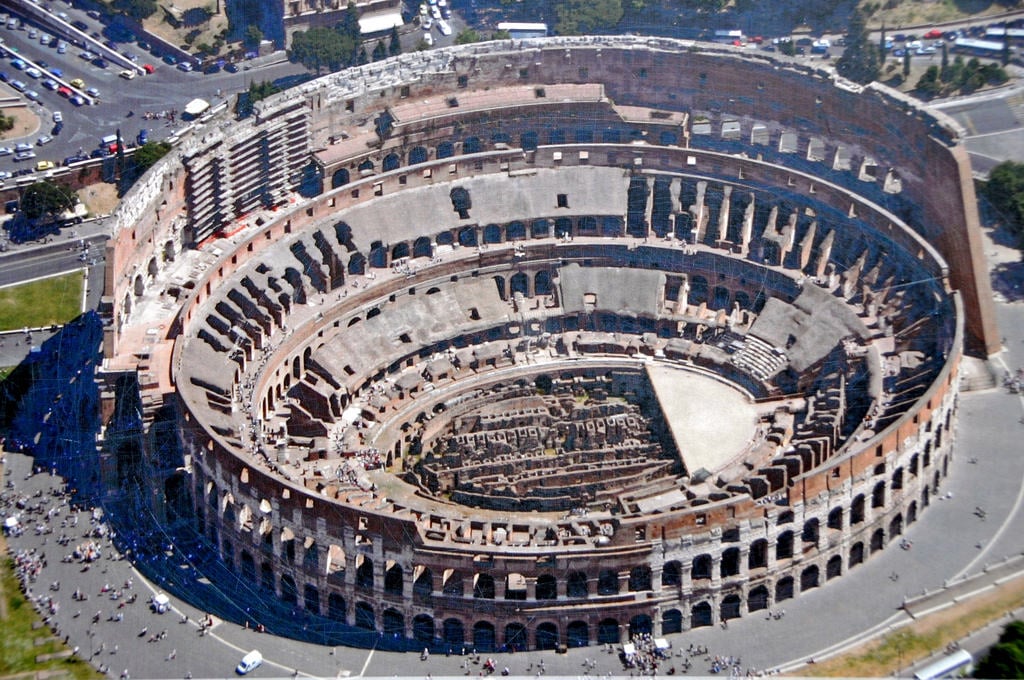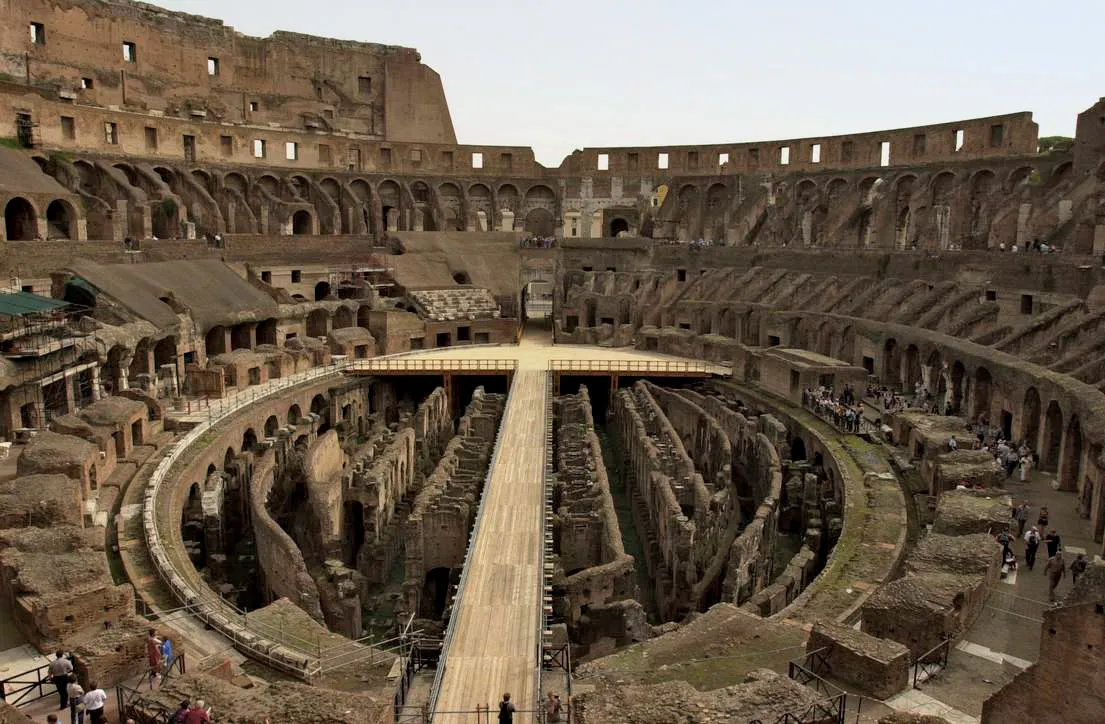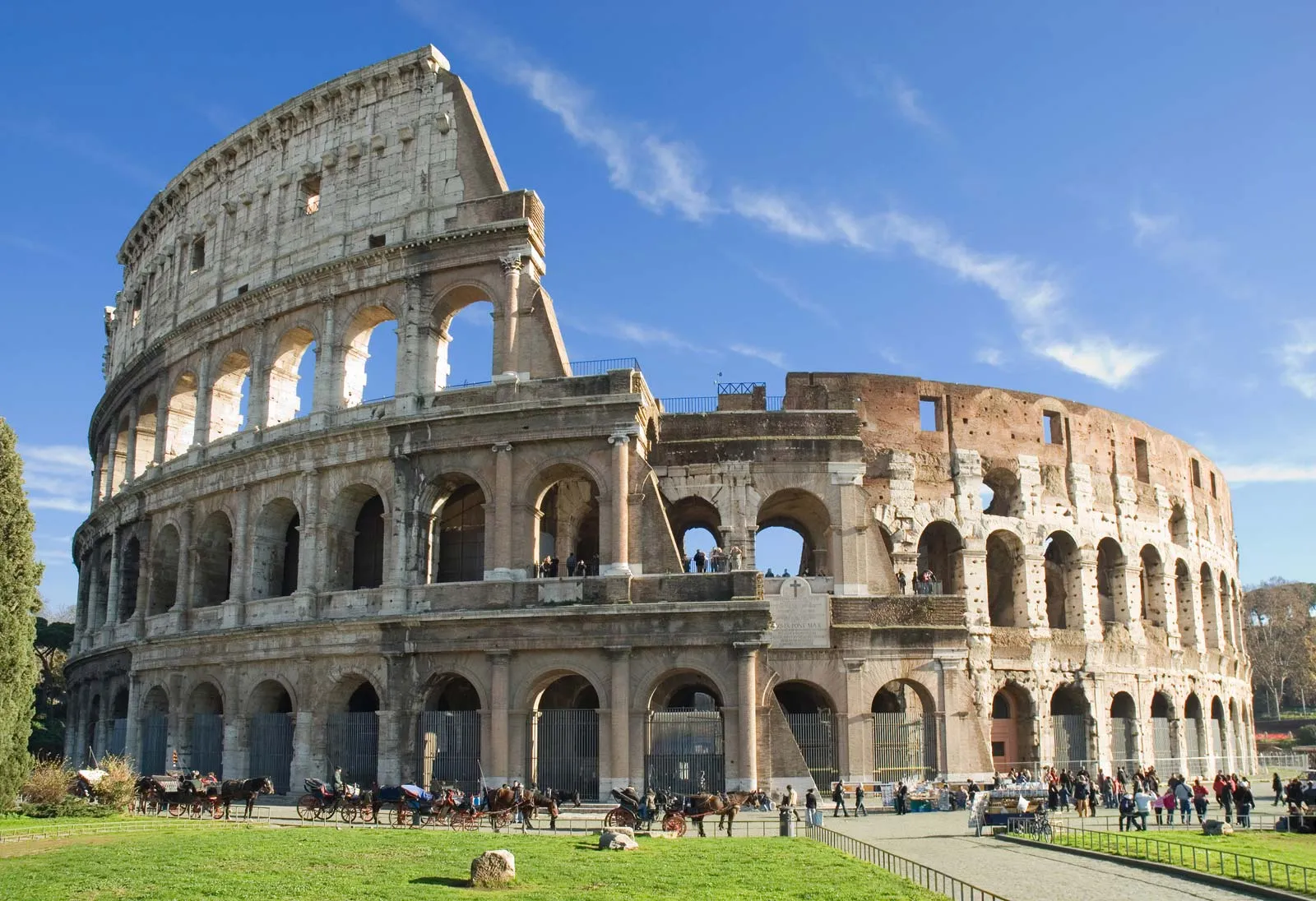
During the reign of Emperor Vespasian, around 70 AD, the Flavian Amphitheater in Pozzuoli, Naples, was constructed. Vespasian, the first Flavian Emperor, built the third-largest amphitheater that could contain an audience of 50,000.
There is so much of the amphitheater known from the Ancient Roman times because a lot of it still remains standing.
It was a tradition in the ancient Roman Empire to watch gladiatorial contests. During the contests, temporal structures made of wood were erected to house the spectators.
The Amphitheater of Statilius Taurus was constructed in 29 BC, however, it was too small. Caligula and Nero, two Roman emperors in the first century AD began to build new amphitheaters on Campus Martius. Caligula’s amphitheater was not completed because he was murdered in 41 AD.
Nero’s amphitheater, although completed, was made of wood and not big enough to house the spectators. In 72 AD, Vespasian began work on his amphitheater that took almost a decade to complete.

This massive structure was built with stone and had eighty different entrances. Just before it was finished in 79 AD, Emperor Vespasian died. His son, Titus, took over his reign, completed the amphitheater and in 80 AD, he opened it.
To mark this, he kicked off 100 days of gladiatorial contests. The amphitheater was known as the Flavian Amphitheater. Over time and with the reign of different emperors, the amphitheater was continually expanded to house more people. Soon enough, it could house over 75,000 people.
In the early third century, a fire destroyed some parts of the amphitheater. This period also marked growth for the Christian religion and people began questioning the morality of gladiatorial contests. While this didn’t put an end to the contests, it stopped being such a big deal.
This massive structure became known as the Colosseum in the Middle Ages because of its colossal size. It is one of the new seven wonders of the world.
READ ALSO: Secessio Plebis: What is It And Its Impact?



